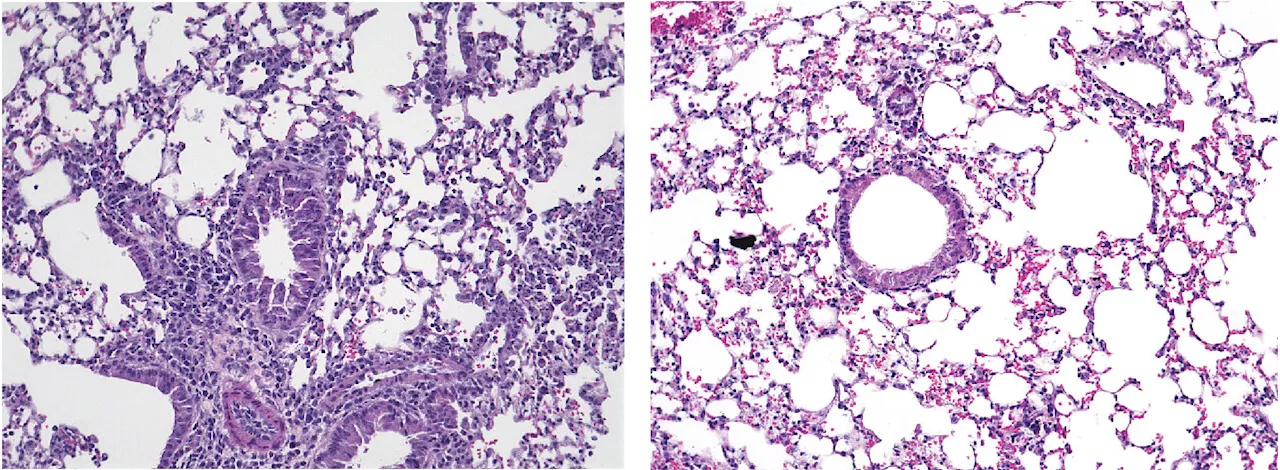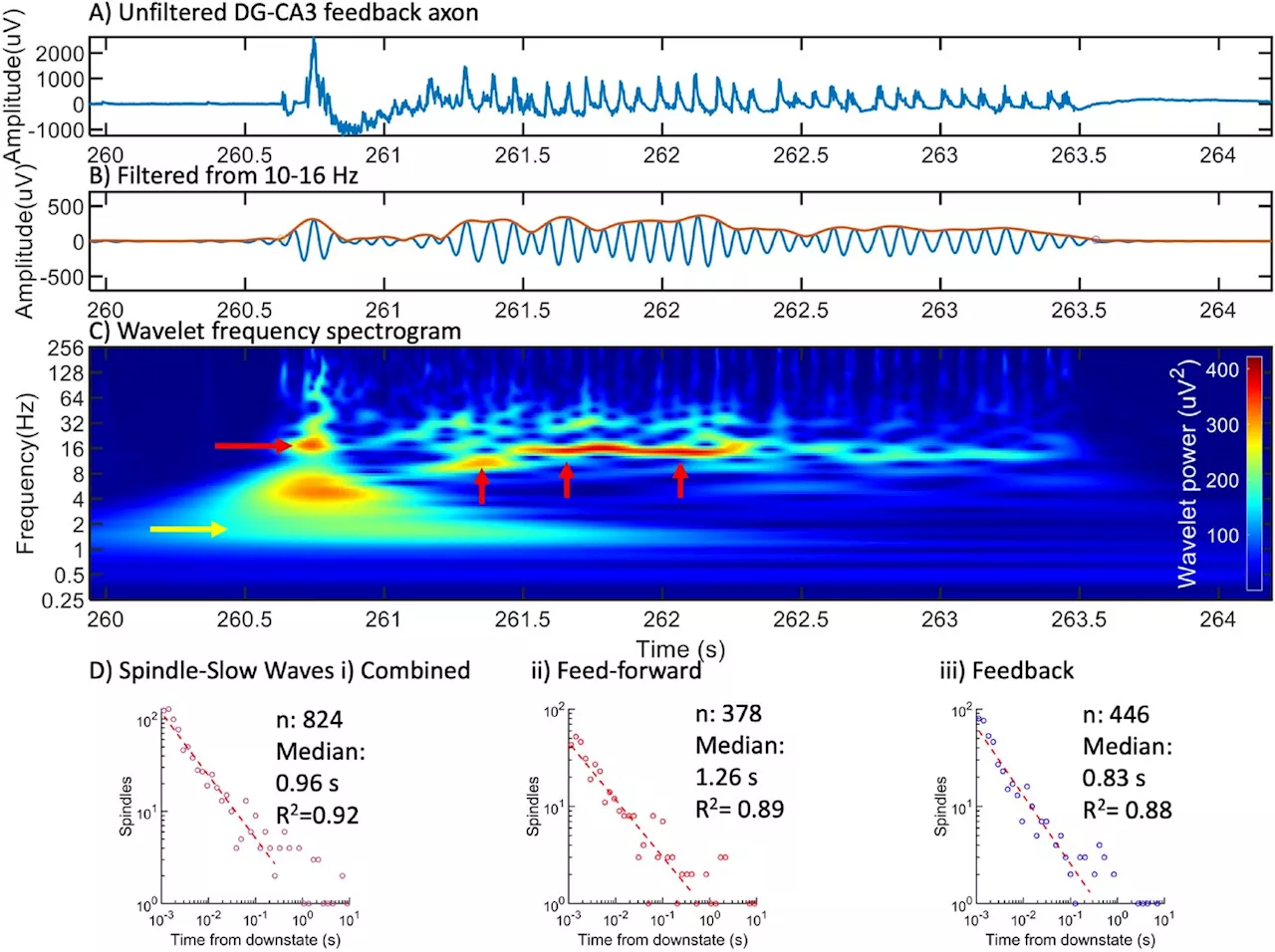Researchers at UNC Lineberger Comprehensive Cancer Center, after decades of research efforts, have developed a mouse model of Kaposi sarcoma that could be key to the development of new drugs to treat the disease.
Apr 29 2024University of North Carolina Health Care Kaposi sarcoma is a cancer that is the most common cancer in people living with HIV . This is an important development as we have created the first animal model ever of Kaposi sarcoma. Animal models are essential to move new drugs from the laboratory bench into clinical trials.
About 20% of all human cancers arise from viruses or require viral infection as an essential cofactor. The Kaposi sarcoma-associated herpes virus was discovered in 1994 and is associated with Kaposi's sarcoma as well as B-cell cancers. KSHV-associated diseases affect internal organs and are ultimately fatal. In the U.S., the diseases are found primarily in immunosuppressed people such as those who are HIV-positive or are transplant patients.
Aside from animal models, one way to study cancer is to look at tumor cells in the lab. But according to Dittmer, Kaposi sarcoma tumor cells are very finicky and dependent on signaling molecules and blood supply, which is why they don't survive in a laboratory culture dish. Therefore, researchers have been focusing on developing animal models that would mimic, as closely as possible, the disease in humans.
Cervical cancer and its related virus, HPV , offers a good comparison for the challenge of developing a Kaposi sarcoma mouse model. The KSHV genome is 20 times larger than HPV. HPV has two cancer-causing genes, E6 and E7, so to mimic the disease in animals, researchers only needed to design two mice, one for each gene.
Angiogenesis Animal Model Blood Cancer Cell Drugs Genes Genome HIV Laboratory Mouse Model Research Tumor Virus
United Kingdom Latest News, United Kingdom Headlines
Similar News:You can also read news stories similar to this one that we have collected from other news sources.
 Kaposi sarcoma discovery and mouse model could facilitate drug developmentResearchers at UNC Lineberger Comprehensive Cancer Center, after decades of research efforts, have developed a mouse model of Kaposi sarcoma that could be key to the development of new drugs to treat the disease. Kaposi sarcoma is a cancer that is the most common cancer in people living with HIV.
Kaposi sarcoma discovery and mouse model could facilitate drug developmentResearchers at UNC Lineberger Comprehensive Cancer Center, after decades of research efforts, have developed a mouse model of Kaposi sarcoma that could be key to the development of new drugs to treat the disease. Kaposi sarcoma is a cancer that is the most common cancer in people living with HIV.
Read more »
 Researchers identify new way to inhibit immune cells that drive allergic asthmaResearchers at the Keck School of Medicine, University of Southern California, have discovered that a protein called Piezo1 prevents a type of immune cell in the lung from becoming hyperactivated by allergens.
Researchers identify new way to inhibit immune cells that drive allergic asthmaResearchers at the Keck School of Medicine, University of Southern California, have discovered that a protein called Piezo1 prevents a type of immune cell in the lung from becoming hyperactivated by allergens.
Read more »
 New state of mind: Rethinking how researchers understand brain activityUnderstanding the link between brain activity and behavior is among the core interests of neuroscience. Having a better grasp of this relationship will both help scientists understand how the brain works on a basic level and uncover what specifically goes awry in cases of neurological and psychological disease.
New state of mind: Rethinking how researchers understand brain activityUnderstanding the link between brain activity and behavior is among the core interests of neuroscience. Having a better grasp of this relationship will both help scientists understand how the brain works on a basic level and uncover what specifically goes awry in cases of neurological and psychological disease.
Read more »
 Researchers find new clues to understanding the progression of primary membranous nephropathyNo therapies currently exist that can halt the progression of chronic kidney disease in children or restore the ability of kidney cells to filter blood.
Researchers find new clues to understanding the progression of primary membranous nephropathyNo therapies currently exist that can halt the progression of chronic kidney disease in children or restore the ability of kidney cells to filter blood.
Read more »
 Researchers find new origin of deep brain wavesResearchers have discovered a new origin of deep brain waves, shedding light on the mechanisms behind brain activity. The findings have potential implications for understanding and treating neurological disorders.
Researchers find new origin of deep brain wavesResearchers have discovered a new origin of deep brain waves, shedding light on the mechanisms behind brain activity. The findings have potential implications for understanding and treating neurological disorders.
Read more »
 Researchers Find New Method to Bypass Spectre Protections and Steal DataResearchers have developed a tool called InSpectre Gadget that can bypass Spectre protections and steal sensitive data from kernel memory and other areas of RAM. The tool was used to successfully perform a Native Branch History Injection (Native BHI) attack on Intel microprocessors.
Researchers Find New Method to Bypass Spectre Protections and Steal DataResearchers have developed a tool called InSpectre Gadget that can bypass Spectre protections and steal sensitive data from kernel memory and other areas of RAM. The tool was used to successfully perform a Native Branch History Injection (Native BHI) attack on Intel microprocessors.
Read more »
